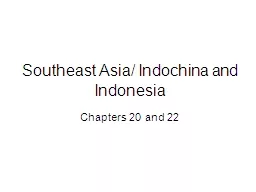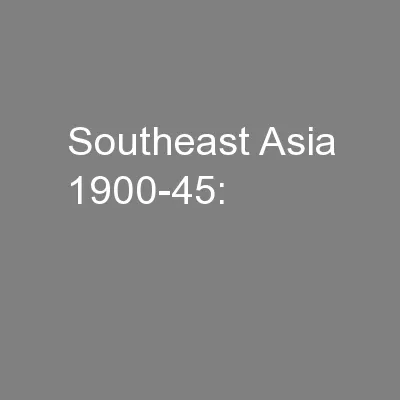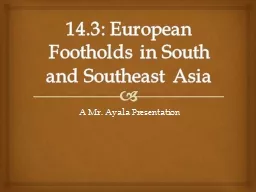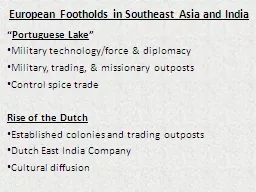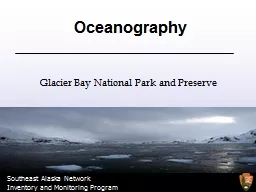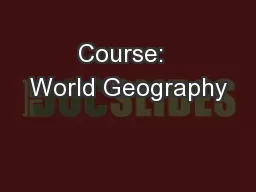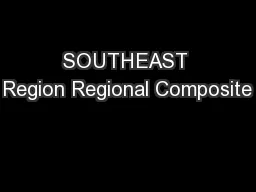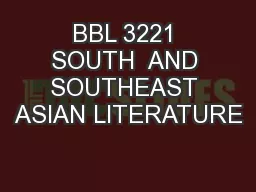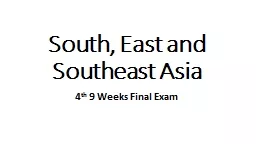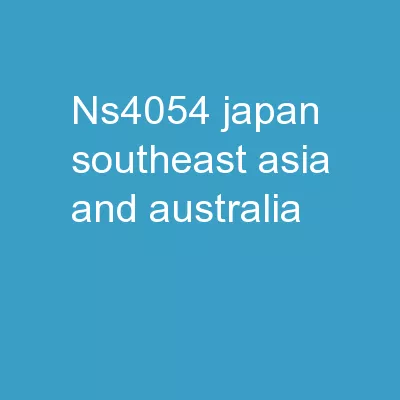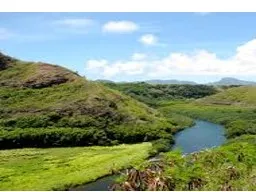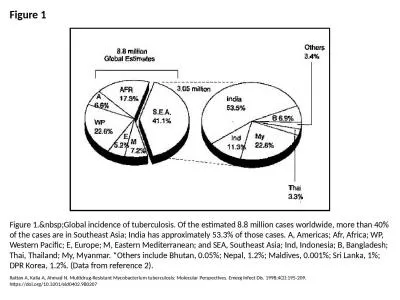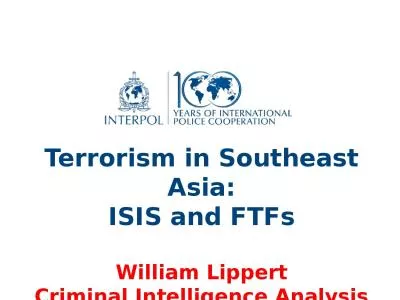PPT-Southeast Asia: History
Author : alida-meadow | Published Date : 2020-04-06
Indian Influence in Southeast Asia Page 602 Southeast Asia has been inhabited since prehistoric times The communities in the region evolved to form complex cultures
Presentation Embed Code
Download Presentation
Download Presentation The PPT/PDF document " Southeast Asia: History" is the property of its rightful owner. Permission is granted to download and print the materials on this website for personal, non-commercial use only, and to display it on your personal computer provided you do not modify the materials and that you retain all copyright notices contained in the materials. By downloading content from our website, you accept the terms of this agreement.
Southeast Asia: History: Transcript
Download Rules Of Document
" Southeast Asia: History"The content belongs to its owner. You may download and print it for personal use, without modification, and keep all copyright notices. By downloading, you agree to these terms.
Related Documents

